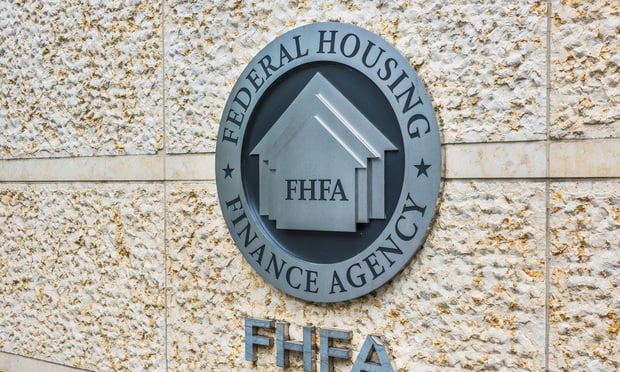Where Does CMBS Go From Here
JP Morgan just completed the second issuance of CMBS this year with a $716 million offering which followed the earlier Royal Bank deal for $309 million in April. There are another roughly $800 million plus a $600 million deals in the pipeline for issuance by August. Beyond that there is not really anything in the near term pipeline, but several others are in the works. If we extrapolate off the $2.5 billion likely by August, then the full year may be only $5 billion or there could be a rush of deals late in the year and we may reach $10 billion. A lot will depend on the credit markets and how they are affected by Europe, and what ends up coming out of Congress.
Latest projections are that the 5% holdback will pass for sure and that it will be vertical, but not have to be consolidated. It is believed that in the end the issuer will have to actually hold the 5%. While there has been a lot of effort to change this, it is likely that will be the outcome, although until it is actually signed into law we cannot be sure. Despite the insistence of various issuers that this will severely crimp CMBS issuance, it is not at all clear this will be so. It becomes more a pricing issue then will there be issuance.
Recommended For You
Want to continue reading?
Become a Free ALM Digital Reader.
Once you are an ALM Digital Member, you’ll receive:
- Breaking commercial real estate news and analysis, on-site and via our newsletters and custom alerts
- Educational webcasts, white papers, and ebooks from industry thought leaders
- Critical coverage of the property casualty insurance and financial advisory markets on our other ALM sites, PropertyCasualty360 and ThinkAdvisor
Already have an account? Sign In Now
*May exclude premium content© 2025 ALM Global, LLC, All Rights Reserved. Request academic re-use from www.copyright.com. All other uses, submit a request to [email protected]. For more information visit Asset & Logo Licensing.








